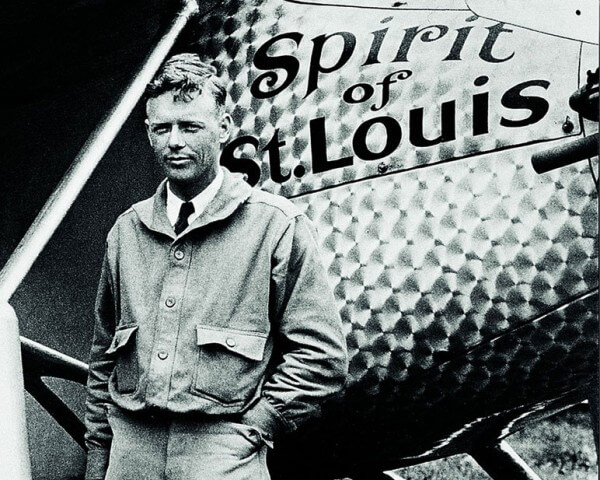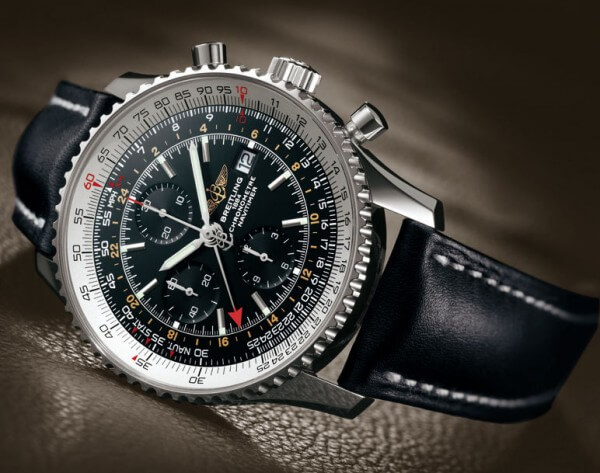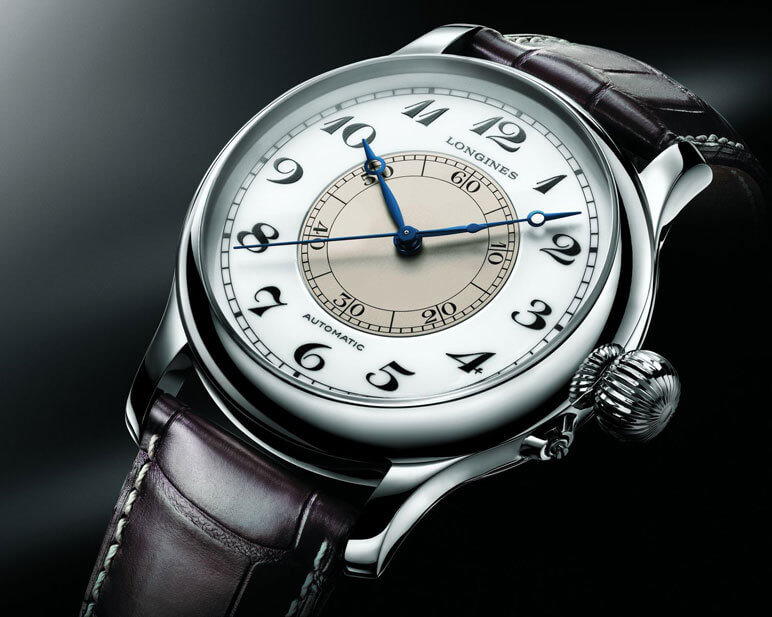There are no direction signs in the sky, which is why a plane never leaves the ground without a means of knowing the time. Whether to calculate position, follow a flight plan or synchronise a change in course, a pilot has to know the time, which is why every plane has a cockpit clock. Today, electronics has taken over with GPS and other ultra-precise navigational instruments. Before then, though, watchmakers went out on a wing to develop innovative navigational aids.
With Europe heading deeper into war as of 1939, armies of every nation were turning out military equipment by the ton, including aircraft. The factories that produced these planes ordered thousands of cockpit clocks to equip them… and Swiss watchmakers seized on this opportunity fallen from the sky. LeCoultre (now Jaeger-LeCoultre), IWC, Omega, Lemania, Patek Philippe and Vacheron Constantin were among the manufacturers delivering the goods.
Even as production lines were kept busy supplying the military, research into other areas continued to forge ahead. Several brands had already seen a gap in the market for practical timepieces for pilots, in particular wristwatches with innovative functions. Longines, which had already carved out a name in timing sporting events such as the Olympic Games, pushed ahead in the two areas of aeronautics with the greatest potential for watchmakers: calculating position and measuring short intervals.
You are here
It all began over in Saint-Imier in 1929 when Longines unveiled the Weems watch, named after Captain Philip Van Horn Weems of the U.S. Navy who developed a complete navigational system around the watch. In addition to the hour, minute and seconds hands, the Weems watch featured a centre-seconds disc. It was easy to adjust and could be synchronised with a radio-transmitted time signal, an essential feature for greater precision in flight.
In 1931, after his solo flight across the Atlantic, Charles A. Lindbergh made improvements to Weems’ idea. By adding various indications to the dials and bezel, he invented a new model that gave not just the time but also the hour angle. Pilots now had a reliable instrument with which to calculate their position. Despite being impractical to use because of conditions in the cockpit at that time (bulky gloves, the vibrations of the engine or problems reading the dials), the Lindbergh Hour Angle proved a success. Says Frédérique Donzé, archivist at the Longines Museum, “It was sold exclusively to airlines, including Lufthansa and Swissair.” Technical progress, in particular radar, would bring about its demise and production was discontinued in 1947, although the watch was reissued in 1987, this time as a collector’s item.

The flyback function
The pilot calculates a plane’s route at altitude based on pre-defined directions and times. A watch capable of measuring short intervals is therefore essential. Enter the chronograph. Breitling was the first, in 1934, to manufacture a chronograph with two buttons. However, not only was operating the buttons in quick succession a problem, there was a practical drawback too. What mattered most to pilots wasn’t how much time had passed but to be able to start the chronograph then return it to zero as fast as possible to start a new measurement. This type of function is used, for example, when a plane must hold before landing.
Once again, Longines led the way. It became the first company to launch, in 1938, a chronograph movement with a flyback function (alternatively known as a retour-en-vol or a Taylor function). A single button starts the mechanism and, when pressed again, resets the chronograph to zero to immediately begin timing again. Purists consider this to be something of an anomaly, as it is impossible to read how much time has passed. Still, pilots continue to use the flyback function today and several brands feature a flyback in their collection as an original alternative to the traditional chronograph.
The calculator-bezel
Over in Granges at the foot of the Jura mountains, Breitling took a different route, working on a slide rule that would calculate various mathematical operations. The brand launched its first model with circular slide rule in 1942, although success came ten years later in the form of the Navitimer, a new chronograph designed specifically for in-flight navigation. It shared the same basic principle as the 1942 model, with a graduated bezel that slid along a second fixed scale marked around the edge of the dial. The whole system was easy to use by pilots who could now perform ten different calculations such as multiplication, division, fuel consumption, ascent and descent rates, average speed or convert between miles and kilometres. The tiny markings again made this a tricky instrument to use, which hasn’t prevented the Navitimer from becoming a cult object among aviation watches and winning a special place in collectors’ hearts.

The introduction of quartz
The advent of quartz immediately opened up new horizons, and the brand with the “winged B” logo again rose to new heights. In 1986 the public discovered the Aerospace model. In addition to a one-hundredth of a second chronograph, its functions included a dual time zone and a countdown timer, both invaluable for pilots as the first gives the time at departure and arrival, while the second can be used to evaluate flight time based on factors including fuel consumption. The Aerospace would be the first in a long line of models that gave pride of place to microelectronics. This was confirmed by the launch, in 2001, of the SuperQuartz movement which is ten times as precise as its standard counterpart. From a navigational instrument, the watch has become an accessory associated with flight, speed and technology… offering scope for endless innovation.




















